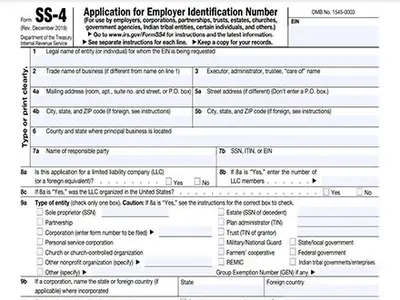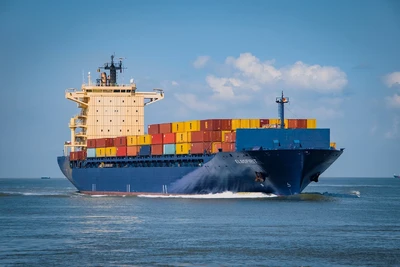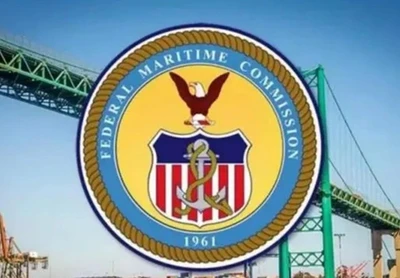
A freight terminal is a designated facility where cargo is transferred, sorted, consolidated, or processed during its journey from the shipper to the final destination. These terminals are critical nodes in the logistics and supply chain network, enabling the efficient handling of goods for road, rail, sea, or air transportation.
Sea Freight Terminal (Port Terminal)
Located at seaports, these terminals handle containers and bulk cargo being loaded onto or unloaded from ships.
Air Freight Terminal
Found at airports, air cargo terminals manage the processing of time-sensitive or high-value goods.
Rail Freight Terminal
These terminals are used for transferring cargo between trains and trucks, especially for inland long-distance shipping.
Road Freight Terminal (Trucking Terminal or Hub)
Facilities where goods are consolidated, sorted, or cross-docked between local and long-haul trucks.
Loading and Unloading of cargo from various transport modes
Customs Clearance procedures and inspections
Cargo Storage for short-term holding (bonded or non-bonded)
Freight Consolidation and deconsolidation for FCL/LCL shipments
Sorting and Dispatching for last-mile or onward transport
Weighing, Labeling, and Documentation
For importers/exporters, the freight terminal is where:
Carriers assume or transfer responsibility (based on Incoterms)
Delays or congestion can occur if documentation is missing or customs is strict
Transloading happens (e.g., from ocean container to domestic truck)
If you're importing a container from China to the UK:
Your cargo first arrives at a port terminal (e.g., Felixstowe).
It’s unloaded, inspected, and possibly stored temporarily.
Then it’s either picked up by truck or rail from the terminal and delivered inland.
 Top 10 Chinese Wholesale Sports Jerseys Sites 2025 — With Logistics Advice for ImportersMay 30, 2025The Growing Demand for Sports Jerseys
Sports jerseys have transcended their traditional role as athletic wear to become fashion statements and symbols of team loyalty. With the global sports industry ...view
Top 10 Chinese Wholesale Sports Jerseys Sites 2025 — With Logistics Advice for ImportersMay 30, 2025The Growing Demand for Sports Jerseys
Sports jerseys have transcended their traditional role as athletic wear to become fashion statements and symbols of team loyalty. With the global sports industry ...view Why do I need an IRS number for importing goods into the US?August 25, 2023When importing into the US, you will be asked for providing an IRS or EIN number for the ultimate consignee. If you have hired a forwarder company to deal with the shipping tasks, experienced forwarde...view
Why do I need an IRS number for importing goods into the US?August 25, 2023When importing into the US, you will be asked for providing an IRS or EIN number for the ultimate consignee. If you have hired a forwarder company to deal with the shipping tasks, experienced forwarde...view The Harmonized Tariff Schedule of the United States (HTSUS) 2025-4-11April 7, 2025The Harmonized Tariff Schedule of the United States (HTSUS) is compiled and published by the U.S. International Trade Commission (USITC), with regulatory interpretation and enforcement delegated to U.S. Customs and Border Protection (CBP).view
The Harmonized Tariff Schedule of the United States (HTSUS) 2025-4-11April 7, 2025The Harmonized Tariff Schedule of the United States (HTSUS) is compiled and published by the U.S. International Trade Commission (USITC), with regulatory interpretation and enforcement delegated to U.S. Customs and Border Protection (CBP).view Top 10 Freight Forwarders in ChinaAugust 2, 2024Navigating the logistics landscape in China can be challenging due to its vast network and complex regulations. Freight forwarders play a crucial role in managing shipping and logistics, ensuring smoo...view
Top 10 Freight Forwarders in ChinaAugust 2, 2024Navigating the logistics landscape in China can be challenging due to its vast network and complex regulations. Freight forwarders play a crucial role in managing shipping and logistics, ensuring smoo...view